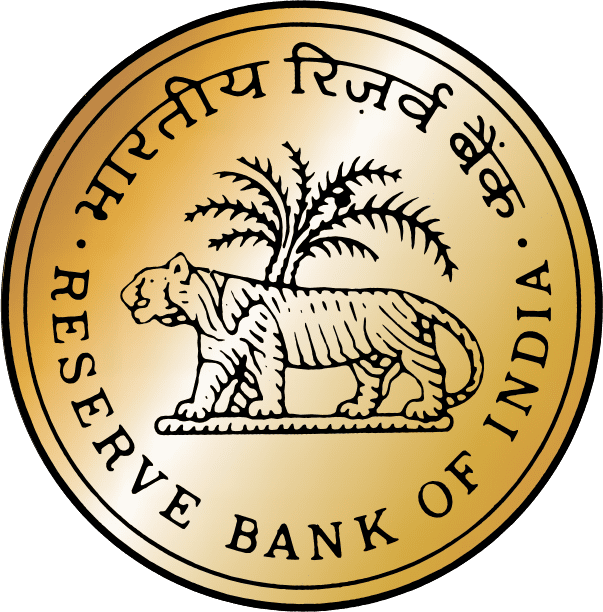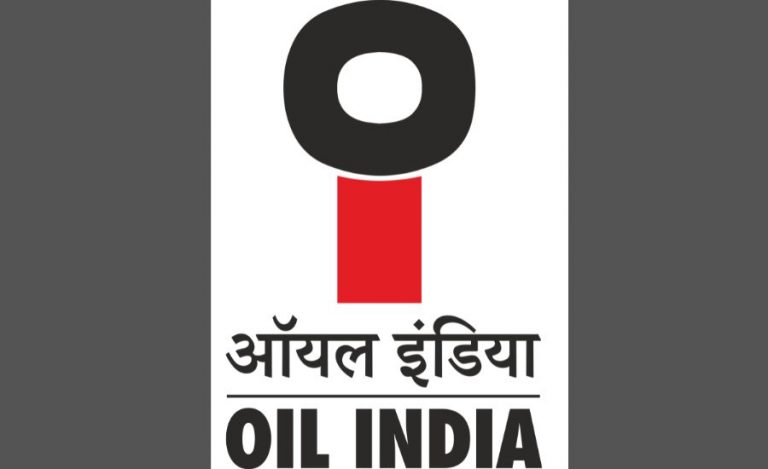In its Monetary Policy Report released in April 2024, the Reserve Bank of India (RBI) emphasised the nexus between frequent weather anomalies caused by climate change and the monetary policy resulting in downside risks to economic growth. Since the global average temperature has been increasing at a gradual pace, the instances of extreme weather events (EWE) have been becoming more frequent than ever, causing adverse impacts on the economy and society.
In its report, the RBI explained how climate change is making it difficult to impose monetary policies. The RBI has observed that climate change can directly exacerbate inflation through adverse weather events affecting agricultural production and global supply chains and has explained how frequent weather-related disturbances due to climate change pose downside risks to the baseline growth path.
In economies all across the globe, climate change has been impacting the natural rate of interest, and the after-effects of climate change have weakened the transmission of monetary policy actions to financing conditions faced by households and firms. The report categorically mentions that the long-term output will be lower by around 9 per cent by 2050 unless the government adopts a climate mitigation policy.
The RBI said, “For these reasons, central banks are increasingly incorporating climate risks explicitly into their modelling frameworks”. It also mentioned, “Lower productivity may lead to a fall in the natural rate of interest. Frequent shocks to inflation will, however, necessitate tighter monetary policy even with a lower natural rate of interest.”






























